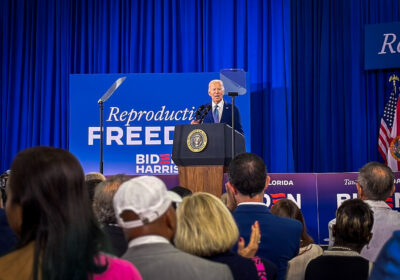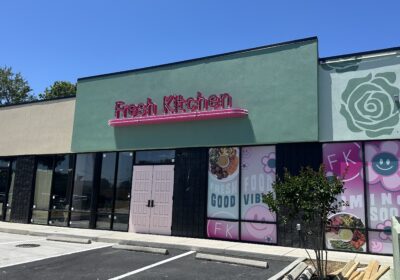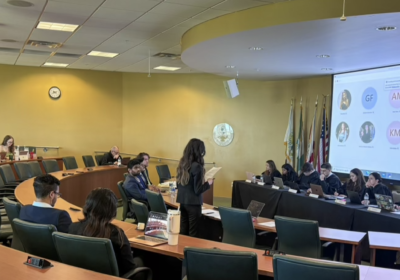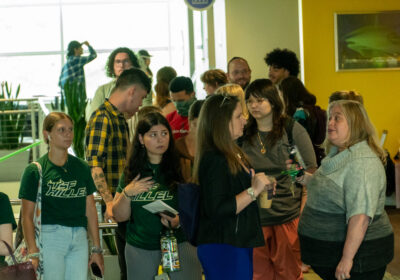Student superheroes spread science
While some grant money is used to buy tools for experiments or plane tickets for travel, three engineering students used part of their grant to buy fabric for multicolored capes, tights and other superhero garb.
Chemical engineeringdoctoral students Audrey Buttice and Samuel DuPont andenvironmental engineering
doctoral student Robert Bair are National Science FoundationGK-12 Students, Teachers and Resources in the Sciences (STARS) fellows. And since summer 2011, they have also been superheros.
The trio created both capes and a curriculum to make fifth gradersexcited about the world ofscience. In previous years, DuPont said STARS fellows used the grant, which was established through USF in 2002, to visit and teachscience to fourth and fifth grade students in eight Hillsborough Countyelementary schools every week.
But with grant moneyrunning out at the end of this year, he said the threeremaining recipients wanted to do something different.
So Buttice, DuPont and Bair spent last summermaking costumes and newidentities for themselves – Sublimation, Megabyte and Super Conductor, respectively – to form the Superheroes TrainingNetwork (STN).
The three don the costumesand create biweekly, 30-minutevideos to educate students from Robles Elementary, Tampa Palms Elementary, Maniscalco Elementary and Chiles Elementary.
“I would say we’re goodscientists and we really lovescience as an art and as atechnical field,” DuPont said.
“But there’s not that much room for true creativity, like painting anddrawing (in science), and this is areally good outlet for that because we can be scientists andartists, which is, in my mind, one of the best combinations.”
The videos feature characterslike “Dr. Entropy,” therecurring villain who wreaksscientific havoc in nearly everyepisode, only to be foiled by the superheroes.
The three visit the schools that use their videos once a semester,creating legions of youngersuperheroes.
But being a superhero takescommitment, Buttice said.
Every student must sign a Scientific League of Superheroes (SLOSH) Code of Ethics and STN Trainee Confidentiality Agreement which binds them, as a superhero,to “protect the environmentaround them to the best of theirabilities,” and warns them to keep their identities secret for theprotection of the peoplearound them.
When the three arrived at Maniscalco Elementary’s Science Night last week to perform three lessons related to watertreatment, the fifth graders had all memorized the STN theme song.
To the children, the three are always superheroes – even when out of costume.
“We were at Publix a couple weeks back and we were getting some food to cook and this little girl with her mother, and she must have been from Tampa Palms – I recognized her face – waspointing over at us and pulling on her mom’s shirt,” Dupont said. “We were seeing if she would come up to us because we didn’t want to intrude. They do recognize us (from thevideos), and that’s the point.”
This semester, the visits will help prepare students for their FCAT standardized tests.
Buttice said the experience made her appreciate the world of teaching, and she is nowconsidering K-12 education as a career path.
“Going to the schools hasreally altered mine and (DuPont)’s mentalities of how theteaching world works,” she said. “Going and doing this in the realm of K-12 education would be a lot more rewarding than going andgetting a job in engineering, because I do feel passionate about that.”
DuPont said they are alsoworking with USF’s Division of Patents and Licensing to createa small business and
copyright the STN. Their aim is to create a complete STN curriculum for Hillsboroughand other counties.
“We’re hoping we’ll be able to take something that the University has been allowing us to grow and turn it into somethingbigger and maybe grow itnationally,” he said.






